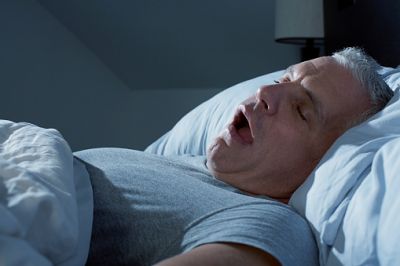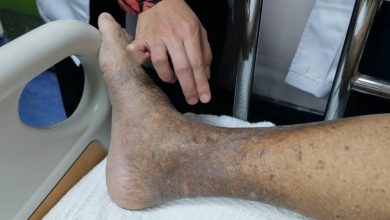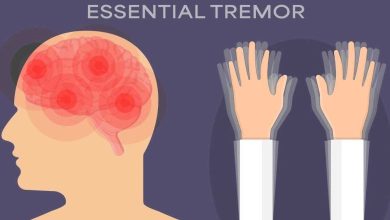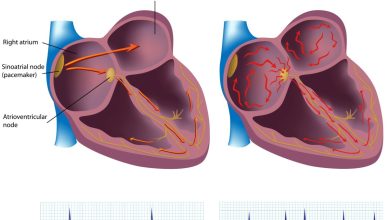Obstructive Sleep Apnoea Causes, Symptoms, Diagnosis and Treatment

What is Obstructive Sleep Apnoea?
Obstructive Sleep Apnoea is a potentially serious sleep disorder. It causes breathing to repeatedly stop and start during sleep. There are several types of sleep apnoea, but the most common is obstructive sleep apnoea. This type of apnoea occurs when your throat muscles intermittently relax and block your airway during sleep. A noticeable sign of obstructive sleep apnoea is snoring.
Causes of Obstructive Sleep Apnoea
While anyone can have Obstructive Sleep Apnoea, you have a higher risk for obstructive sleep apnoea if you’re:
- Overweight, male, with a family history of sleep apnoea
- Over the age of 50, a smoker, affected by high blood pressure
- Black, Hispanic, or a Pacific Islander
- Someone with a neck circumference greater than 15.75 inches (40 cm)
Symptoms of Obstructive Sleep Apnoea
- Restless sleep or insomnia
- Difficulty concentrating
- Loud snoring
- Waking up several times a night to urinate
- Awakening with a dry mouth or sore throat
- Morning headache
- Irritability
- Heartburn
- Decreased libido and erectile dysfunction
- Large neck circumference (greater than 17 inches for men, greater than 15 inches for women)
Diagnosis of Obstructive Sleep Apnoea
In many cases the sleep centre will teach you how to use portable recording equipment while you sleep at home.
The equipment you are given may include:
- A breathing sensor.
- Sensors to monitor your heart rate.
- Bands that are placed around your chest.
- Oxygen sensors that are put on your finger.
A number of different tests will be carried, including:
- Electroencephalography (EEG) – this monitors brain waves.
- Electromyography (EMG) – this monitors muscle tone.
- Recordings of movements in your chest and abdomen.
- Recordings of airflow through your mouth and nose.
- Pulse oximetry – this measures your heart rate and blood oxygen levels.
- Electrocardiography (ECG) – this monitors your heart.
Treatment of Obstructive Sleep Apnoea
Treatment for obstructive sleep apnoea (OSA) may include making lifestyle changes and using breathing apparatus while you sleep.
OSA is a long-term condition and many cases require lifelong treatment.
Lifestyle changes
In most cases of OSA you’ll be advised to make healthy lifestyle changes, such as:
- Losing weight if you’re overweight or obese.
- Stopping smoking if you smoke.
- Limiting your alcohol consumption, particularly before going to bed .
- Avoiding sedative medications and sleeping tablets.
Continuous positive airway pressure (CPAP)
Mandibular advancement device (MAD)
Surgery for Obstructive Sleep Apnoea
A range of surgical treatments have been used to treat OSA. These include:
- Tonsillectomy – where the tonsils are removed if they’re enlarged and blocking your airway when you sleep.
- Adenoidectomy – where the adenoids, small lumps of tissue at the back of the throat above the tonsils, are removed if they’re enlarged and are blocking the airway during sleep.
- Tracheostomy – where a tube is inserted directly into your neck to allow you to breathe freely, even if the airways in your upper throat are blocked.
- Weight loss (bariatric) surgery – where the size of the stomach is reduced if you’re severely obese and this is making your sleep apnoea worse.
Soft palate implants
By : Natural Health News




